Somaliland travel tips
Somaliland travel tips: Unrecognized self-declared state in northern Somalia, known for stability, democratic governance, and seeking international recognition for sovereignty.
Regions 🌎
Somaliland travel tips. Here is a list of all the regions of the Somaliland.
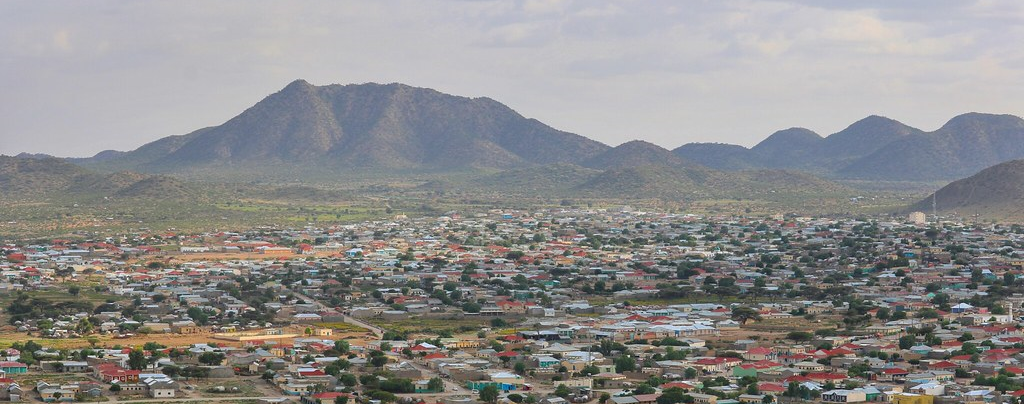
Awdal
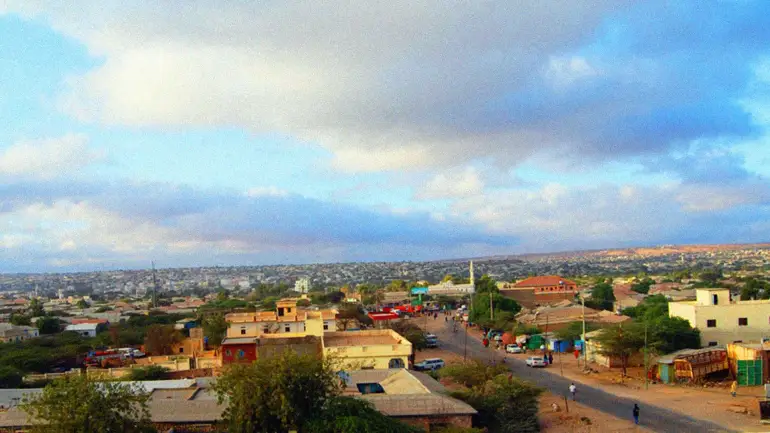
Maroodi Jeex

Togdheer
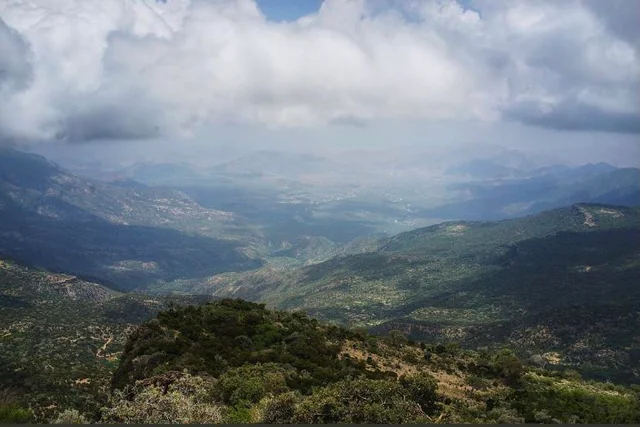
Sanaag
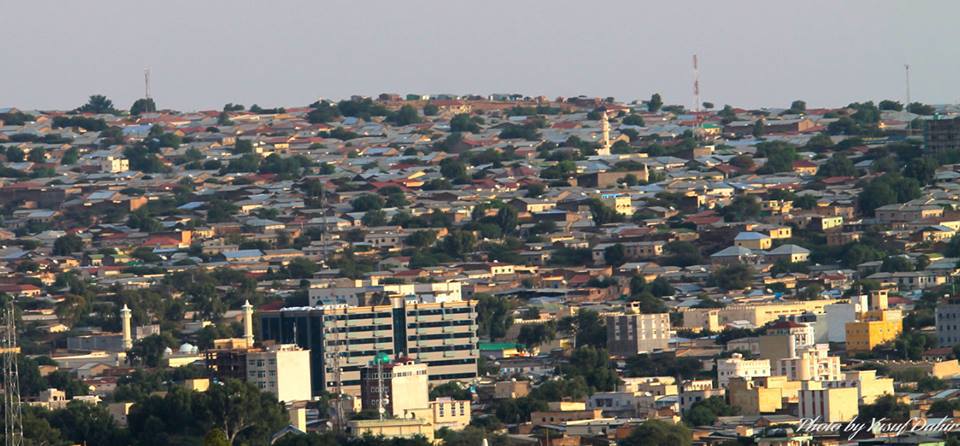
Sool
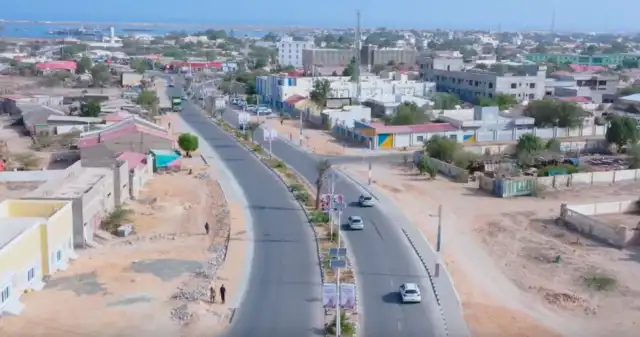
Sahil
Before you go 🛩
Important information you should know before your trip
Info
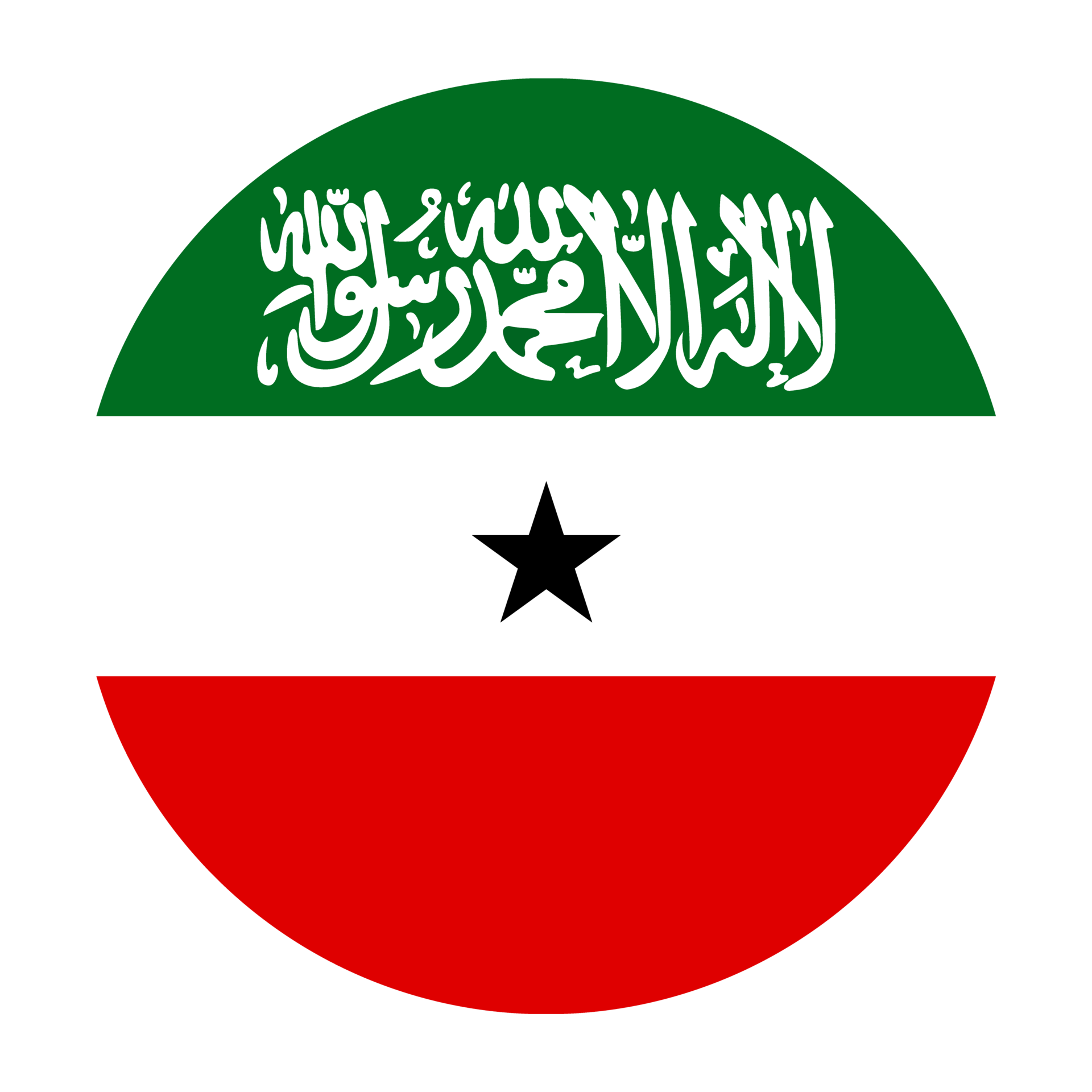
Capital | Hargeisa
Flag Codes:
ISO alpha-2 -,
ISO alpha-3 –
Currency
Badge | Somaliland Shilling
CODE | SOS
NUMBER | 706
SYMBOL | Sh
FRACTION | penny
Mobile Coverage
Dialing Code | +252
SIM Card
Coverage | 3G / 4G / 5G |
Mobile Networks |

Location
Somaliland is located in the Horn of Africa, situated in the eastern part of the African continent. It is a self-declared autonomous region that claims independence from Somalia, although it is not internationally recognized as an independent country.
The capital and largest city of Somaliland is Hargeisa. The region has its own government, administrative institutions, and currency but lacks international recognition as an independent country. Despite this lack of recognition, Somaliland has maintained a degree of stability and governance since declaring independence from Somalia in 1991.
Currency
Somaliland, a self-declared autonomous region in the Horn of Africa, uses its currency known as the Somaliland Shilling.
The currency is abbreviated as SLS or SL. Somaliland, while not internationally recognized as an independent country, has its own government and administrative institutions, including a central bank, which issues and regulates the use of the Somaliland Shilling within its territory.
The currency is primarily used for local transactions and is not widely accepted outside of Somaliland’s borders.
Languages
The primary language spoken in Somaliland is Somali. Somali is the official language of the region and is widely used for communication, education, and administration. It is a Cushitic language with several dialects spoken throughout Somaliland.
Additionally, Arabic is also an important language in Somaliland, often used for religious and educational purposes, as well as for international communication. English is taught in schools and is used in some business and government contexts, although proficiency may vary among the population.
It’s important to note that while Somali is the dominant language in Somaliland, there is linguistic diversity, and various dialects and minority languages are spoken by different ethnic groups and communities within the region.
Climate 🌡
Somaliland, located in the Horn of Africa, experiences a predominantly arid or desert climate characterized by high temperatures and low annual rainfall. The climate can be categorized as hot and dry, with some regional variations. Here are the key features of Somaliland’s climate:
Hot Temperatures:
Somaliland generally experiences hot temperatures throughout the year. The hottest months are typically from May to September. Inland areas, particularly in the eastern and southern parts, can have scorching temperatures, with daytime highs often exceeding 40°C (104°F).
Limited Rainfall:
Rainfall in Somaliland is scarce and highly seasonal. The region is part of the East African arid and semi-arid belt. The primary rainy season, known as the Gu season, occurs from April to June. It brings most of the region’s annual precipitation.
The second, smaller rainy season, called the Deyr season, occurs from October to December but is less reliable.
Desert Conditions:
Much of Somaliland is covered by arid or semi-arid desert landscapes, such as the Sahil region along the Gulf of Aden and parts of the Haud Plateau. Desertification and land degradation are ongoing environmental challenges in some areas.
Coastal Influence:
Coastal areas along the Gulf of Aden and the Red Sea tend to be somewhat cooler and more moderate in temperature due to the influence of the sea. This region also receive slightly more rainfall than inland areas.
Strong Winds:
Somaliland experiences seasonal winds, including the Harmattan, which is a dry, dusty wind that blows from the Sahara Desert to the Horn of Africa. The Kharif is a wind that blows from the southwest and can bring moisture and some rainfall.
Drought Risk:
The combination of high temperatures and limited rainfall makes Somaliland susceptible to droughts, which can have a significant impact on agriculture and water resources.
Livestock Grazing:
Many communities in Somaliland are pastoralists who rely on livestock farming, such as camel herding, which is adapted to the arid climate.
Somaliland travel tips
If you’re planning a trip to Somaliland, here are some travel tips to enhance your experience:
Visa and Entry:
Ensure you have the required visa. Hargeisa Airport is the main entry point.
Safety:
Generally safe, but stay informed about local conditions. Respect local customs and traditions.
Health Precautions:
Get vaccinations before traveling. Drink bottled water and be cautious with street food.
Cultural Sensitivity:
Dress modestly, especially in rural areas. Ask for permission before taking photos of people.
Transportation:
Taxis and minivans are common. Negotiate fares beforehand. Roads may vary, so be prepared for diverse conditions. View Guide.
Wildlife:
Explore Somaliland’s diverse landscapes, including deserts and mountains, but be cautious of local wildlife.
Guided Tours:
Consider guided tours for a deeper understanding of the region’s history and culture.
Enjoy your time in Somaliland!

The best of the best
Somaliland, like other regions in the Horn of Africa, has a cuisine that reflects its cultural heritage and the availability of ingredients in an arid environment. Traditional Somali cuisine is characterized by the use of staple ingredients like grains, camel meat, and dairy products.

Lahoh (Spongy Pancakes)
Lahoh is another type of Somali pancake, similar to canjeero but spongier in texture.

Cambuulo iyo Maraq
Cambuulo is a dish made with cowpeas or black-eyed peas cooked with a flavorful sauce, often tomato-based.
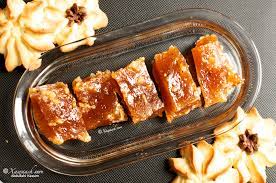
Xalwo (Halva)
Xalwo is a sweet confection made from sugar, ghee, and spices like cardamom.
Here are some typical foods and dishes you might find in Somaliland:
Canjeero (Injera): Canjeero is a type of flatbread made from fermented dough, often prepared with sorghum or millet flour. It is similar to the Ethiopian injera.
Hilib Ari (Grilled Camel Meat): Camel meat, known as hilib ari, is a common protein source in Somaliland and other parts of Somalia.
Bariis (Pilaf): Bariis is a Somali-style rice dish cooked with aromatic spices and often garnished with raisins and fried onions.
Suqaar (Stir-Fried Meat): Suqaar is a dish made with small pieces of meat (usually beef or goat) stir-fried with onions, garlic, and a blend of spices.
Canjeelo iyo Soor (Sorghum Porridge): Sorghum is an essential cereal crop in Somaliland, and it is used to make a porridge known as canjeelo iyo soor.
Anjero (Savory Pancakes): Anjero are small, round pancakes made from a batter of sorghum or wheat flour.
Dabka (Somali Tea): Dabka is a traditional Somali tea made with black tea leaves, cardamom, cinnamon, and sometimes ginger.
Somali cuisine places a strong emphasis on communal dining and sharing meals with family and friends. Many dishes are enjoyed as part of traditional Somali hospitality and social gatherings.
Transportation 🚥
More information about this country
Choose your destination 📍🗺
Useful Links ✅



